The Rise of High-Waisted Flared Leggings in Custom Apparel Manufacturing
Where Retro Meets Performance: The Evolution of Modern Flared Leggings
High-waisted flared leggings are transforming the global athleisure landscape. Once a nostalgic nod to the 1970s, they’ve now become the symbol of body-positive activewear and sustainable design. Their high-rise waistlines and flowing hems flatter every body shape, offering brands a versatile base for yoga, gymwear, and streetwear collections. As consumers seek functional yet fashionable pieces, these leggings are rapidly becoming one of the most requested styles in custom apparel manufacturing.
At AthleisureBasics.com, we craft premium custom flared leggings in Portugal—blending cutting-edge textile technology, sustainable fabrics, and scalable production for startups and established brands alike. Portugal’s reputation for high-quality, low-MOQ manufacturing allows brands to produce European-grade garments without massive upfront costs, ensuring quality, speed, and ethical transparency.

Why High-Waisted Flared Leggings Are in Demand
The resurgence of flared leggings reflects shifting consumer priorities. Athleisure is no longer limited to gym sessions—it’s become a lifestyle. Here’s why the demand keeps climbing:
- Retro Revival: The ‘70s flare silhouette offers a nostalgic yet refined aesthetic that complements modern minimalist wardrobes.
- Flattering Fit: High waistbands sculpt the core and elongate the legs, ensuring both comfort and confidence.
- Functional Versatility: Perfect for yoga, pilates, lounging, and casual streetwear looks.
- Customization Potential: Wide panels and longer lines allow brands to explore creative prints, embroidery, and branding placements.
With an estimated 8.2% CAGR in global activewear growth through 2025 and an average premium retail price between €55–€85, flared leggings represent a lucrative niche for new and growing labels.
Manufacturing High-Waisted Flared Leggings in Portugal
Portugal has become a European powerhouse in apparel manufacturing, rivaling traditional production hubs in both quality and sustainability. Unlike many Asian factories requiring high MOQs, Portuguese partners like ours accept orders starting at 150–300 pieces, perfect for boutique brands or test runs.
Factories here adhere to strict EU labor regulations, renewable energy practices, and waste minimization standards. This makes “Made in Portugal” synonymous with ethical craftsmanship—an attribute increasingly valued by conscious consumers and sustainable fashion brands.
Choosing Portugal also means faster lead times—averaging four to six weeks—compared to the 8–12 weeks typical in Asia. Shorter distances to major European markets further reduce carbon emissions from logistics.
Fabrics That Define Premium Flared Leggings
In athleisure, fabric choice determines performance, comfort, and brand reputation. High-waisted flared leggings rely on advanced textile engineering for elasticity and recovery. Our most popular composition, 78% recycled polyester and 22% elastane, delivers four-way stretch, shape retention, and moisture management. These blends are lightweight yet supportive, making them ideal for both active and everyday wear.
Eco-friendly options like recycled nylon or organic cotton interlock are increasingly requested. Each is certified under GOTS and OEKO-TEX standards to ensure sustainability from fiber to finish. These certifications confirm the absence of harmful substances and environmentally responsible production methods.
Fabrics account for roughly 40% of total manufacturing cost, making sourcing a strategic decision for every brand. Our network of Portuguese textile mills allows for custom dyeing, digital printing, and brushed finishes—all within a circular production ecosystem.
Technical Construction and Fit
Beyond aesthetics, construction defines the wearability of flared leggings. A high waistband with double-layer compression supports the midsection and prevents roll-down during workouts. Flatlock seams minimize irritation and provide durability, while laser-cut hems offer a clean silhouette. The flare can range from subtle bootcut to dramatic bell-bottom, enabling complete creative control over style direction.
Portugal’s factories use precision machinery for cutting and stitching, ensuring symmetry and fit consistency across batches. This quality assurance process helps brands maintain trust with customers who value both fashion and function.
Customization Opportunities for Brands
Customization is where high-waisted flared leggings truly shine. Brands can personalize their designs through sublimation prints, embroidery, or woven jacquard waistbands featuring logos or text. These techniques allow differentiation in a saturated market and build brand identity.
Our in-house design teams collaborate with clients on tech pack development, ensuring every detail—from stitching placement to pant flare angle—is production-ready. This precision reduces sampling rounds and speeds up time to market.
We also support small-batch dyeing, gradient color effects, and laser-engraved branding to match each label’s aesthetic. Combined with our low-MOQ flexibility, brands can experiment with bold concepts before scaling up.
Portugal vs. Asia: Why Local Manufacturing Wins
While Asian production remains cost-efficient, Portugal offers a balance of speed, sustainability, and EU compliance. The slightly higher cost per unit is offset by reduced freight expenses, shorter lead times, and premium quality control. Localized production also appeals to modern consumers who prioritize ethical sourcing and European craftsmanship.
Brands manufacturing in Portugal also benefit from smooth communication, transparent audits, and access to nearby suppliers for trims, packaging, and dye houses. This integrated ecosystem minimizes delays and ensures that your entire collection maintains consistent quality.
Eco-Friendly vs. Conventional Fabrics
Eco-friendly fabrics like recycled polyester cost slightly more (€6–€10 per meter vs. €3–€6 for conventional blends) but deliver superior durability, wash resistance, and brand value. They also align with consumer demand: sustainability in activewear grew by over 25% in 2024 alone, with younger demographics driving the shift toward greener production.
Choosing certified materials allows brands to market their collections as environmentally conscious—an advantage for eCommerce SEO and consumer trust. Integrating sustainability messaging with genuine certification improves your site’s authority and conversion rates.
Why Portugal Excels in Flared Leggings Production
Portugal combines artisanal expertise with high-tech apparel engineering. Local manufacturers use solar-powered facilities, closed-loop water systems, and recycled packaging solutions. These initiatives contribute to EU Green Deal goals and reinforce Portugal’s leadership in responsible fashion manufacturing.
Additionally, brands benefit from flexibility—Portuguese factories can produce as few as 150 pieces while maintaining quality standards suitable for luxury-level clients. This accessibility supports startups and independent designers launching limited-edition collections.
FAQs on Manufacturing in Portugal
Why choose Portugal for manufacturing flared leggings?
Portugal offers a balance of craftsmanship, sustainability, and scalability. Its factories are EU-regulated, ensuring ethical labor, short lead times, and high-quality output. It’s ideal for startups seeking low MOQs and eco-friendly production without compromising on design precision.
What are the average MOQs for Portuguese factories?
Most factories accept 150–300 pieces per style, allowing smaller brands to test designs or launch new lines before committing to large orders. This low MOQ flexibility is rare outside Europe and reduces financial risk for new labels.
Are Portuguese manufacturers more expensive than Asian ones?
While unit prices can be 10–20% higher, savings from lower shipping costs, faster turnaround, and fewer product defects often make Portugal more cost-effective overall. The superior quality and EU certifications also justify the investment.
How long is the production lead time?
Lead times average 4–6 weeks depending on fabric availability and customization complexity. Local textile sourcing and smaller production runs make it easier to manage consistent timelines compared to Asia’s 8–12 week standard.
FAQs on Fabrics and Sustainability
What fabrics are best for flared leggings?
Recycled polyester blends and nylon-spandex fabrics offer flexibility, recovery, and durability. For eco-conscious brands, organic cotton or bamboo interlock fabrics are trending alternatives that provide breathability and a natural feel.
Are eco-friendly fabrics durable enough for activewear?
Yes. Recycled polyester and nylon maintain elasticity after 50+ washes, comparable to conventional synthetics. They also resist pilling and retain color, ensuring longevity and a polished appearance over time.
What certifications should brands look for?
GOTS, OEKO-TEX, and Global Recycled Standard (GRS) are key. These certifications confirm ethical sourcing, chemical safety, and reduced environmental impact across the textile supply chain.
Can fabrics be custom dyed or printed?
Absolutely. Portuguese mills specialize in small-batch custom dyeing and sublimation printing using water-based inks. This allows complete color control and sustainable customization without high minimums.
FAQs on Customization and Branding
How can brands personalize their flared leggings?
Options include sublimation prints, embroidery, heat transfers, jacquard waistbands, and woven labels. These techniques let you build recognizable branding while keeping production flexible and scalable.
Can I combine different branding methods in one design?
Yes. Many brands mix techniques—for example, using embroidered logos with sublimated patterns or printed side stripes. Portugal’s versatile production ecosystem supports hybrid designs without compromising quality.
What file types are needed for logo customization?
Vector files (AI, EPS, or PDF) ensure precision. Tech packs should also specify placement, scale, and color codes (Pantone/CMYK) for consistent reproduction.
Do you assist in creating tech packs for new brands?
Yes. Our design support includes tech pack creation to ensure seamless communication between design and production. This reduces sampling costs and accelerates your go-to-market process.
Conclusion: A Future-Ready Staple for Modern Brands
The rise of high-waisted flared leggings reflects the intersection of sustainability, technology, and timeless style. For brands manufacturing in Portugal, it’s an opportunity to create eco-conscious collections that meet consumer expectations for comfort and responsibility. Whether you’re launching a boutique line or scaling an international label, Portugal’s ecosystem empowers you to produce premium, ethically made leggings that perform beautifully and tell your brand’s story authentically.
Suggested Internal Links
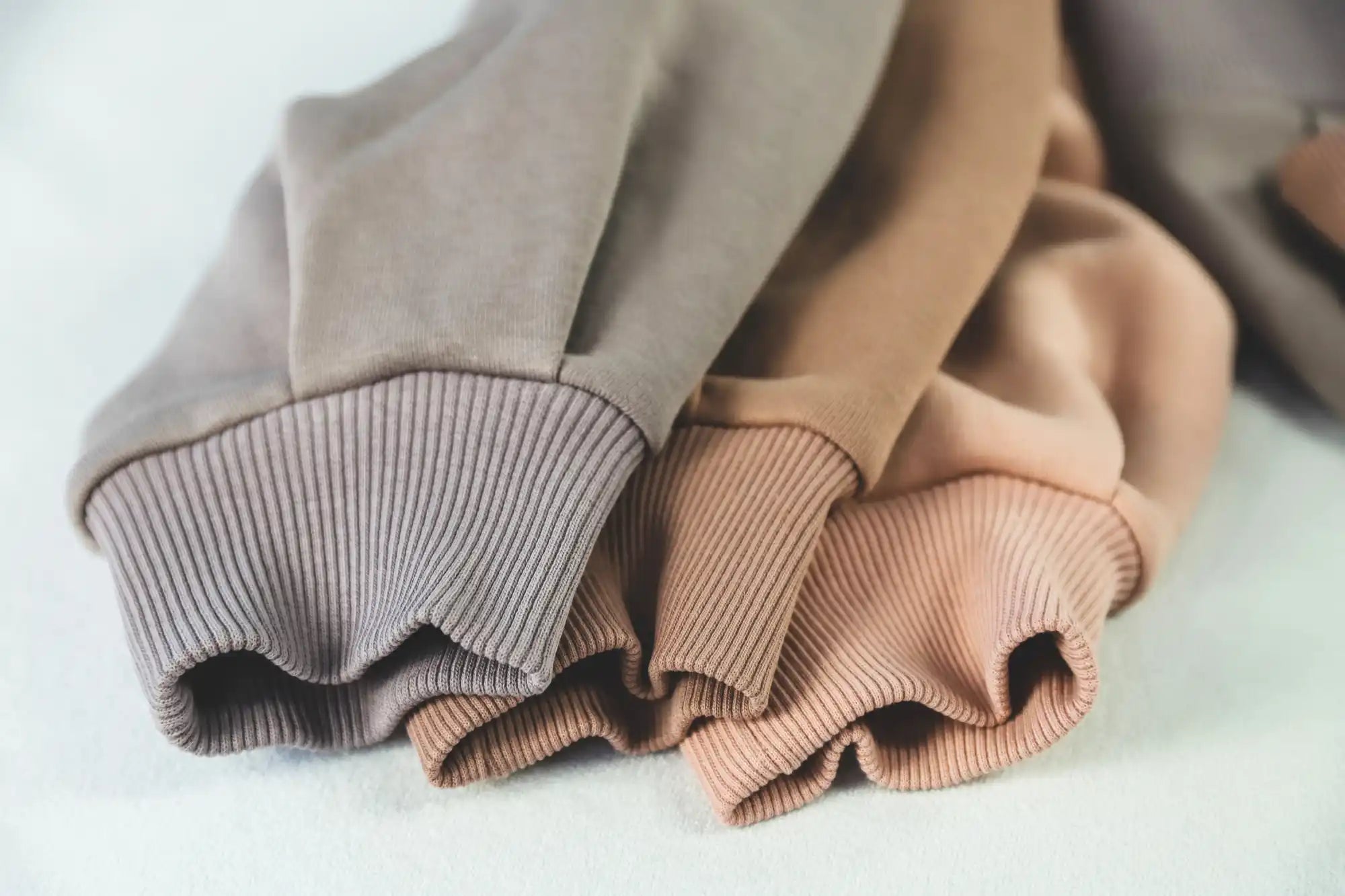
Materials & Fabrics for Clothing Production
Explore cotton, French terry, jersey, fleece, and sustainable blends used in premium apparel manufacturing.
Explore Premium Apparel Fabrics Guide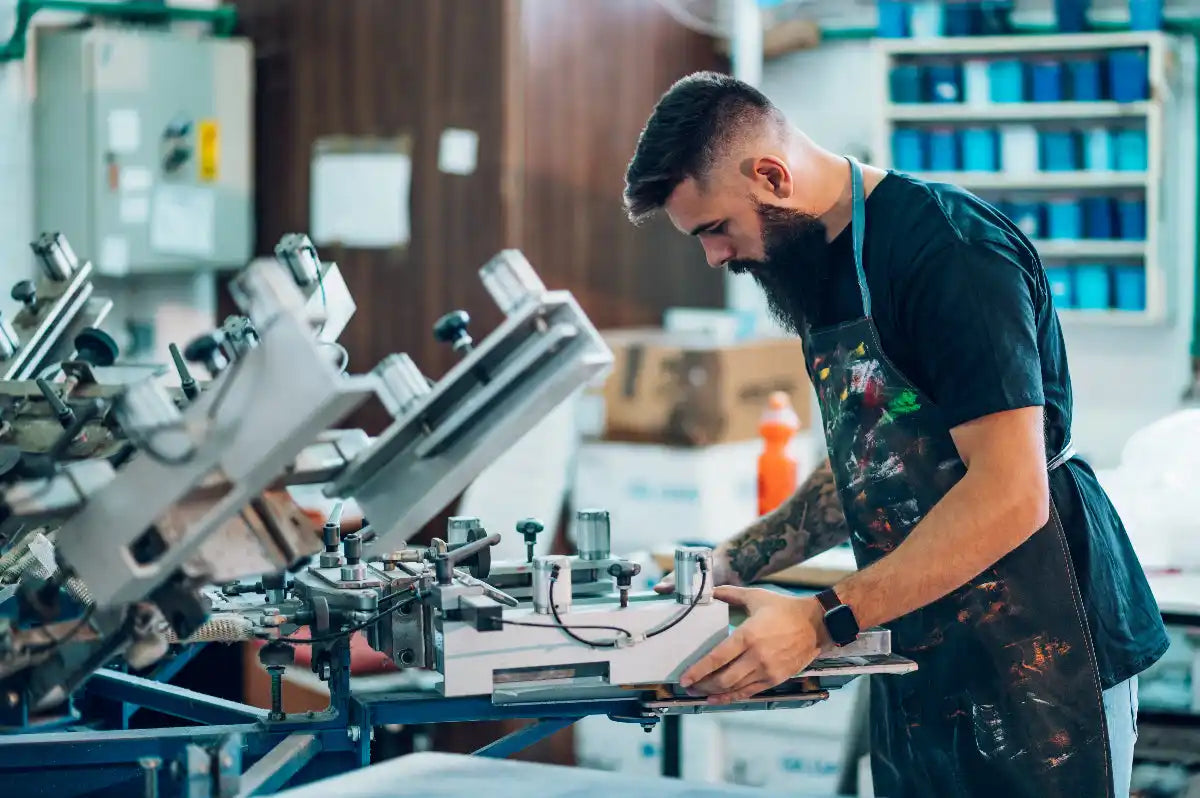
Printing Techniques for Apparel Production
Screen printing, embroidery, puff prints, and digital methods for custom clothing manufacturing.
Explore Custom Apparel Printing Techniques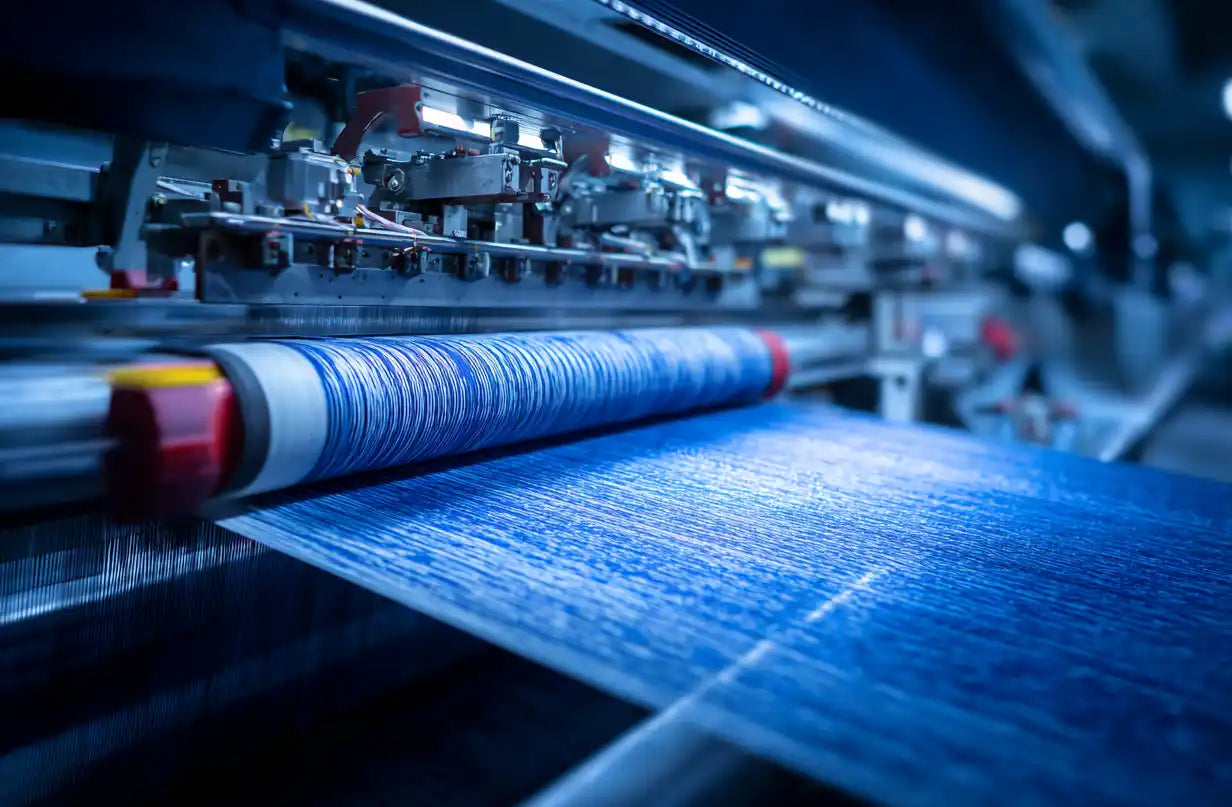
Dyeing Techniques in Clothing Manufacturing
Garment dye, pigment, acid wash, and stone wash finishes that create unique apparel designs.
Compare Apparel Finishing Techniques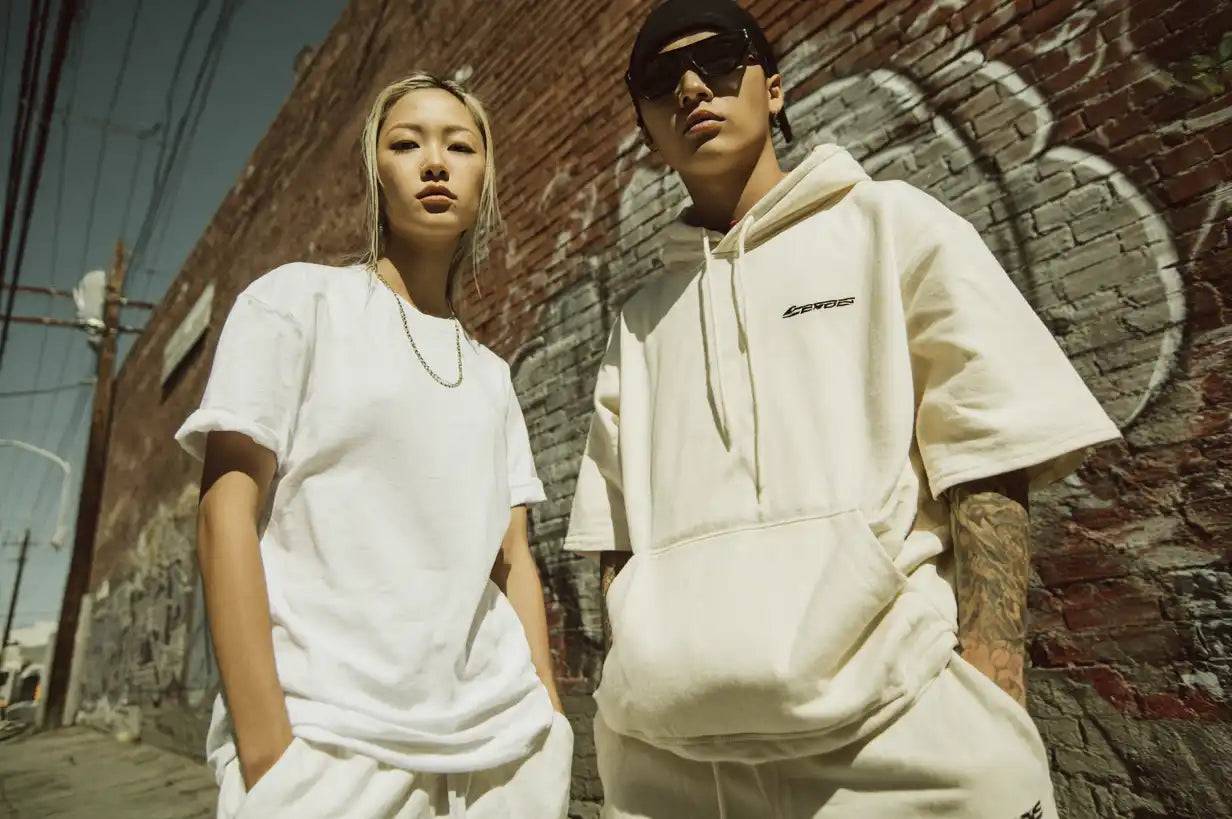
Popular Clothing Items for Custom Apparel
Hoodies, joggers, t-shirts, leggings, and biker shorts — essentials for every apparel collection.
Explore Popular Custom Clothing Items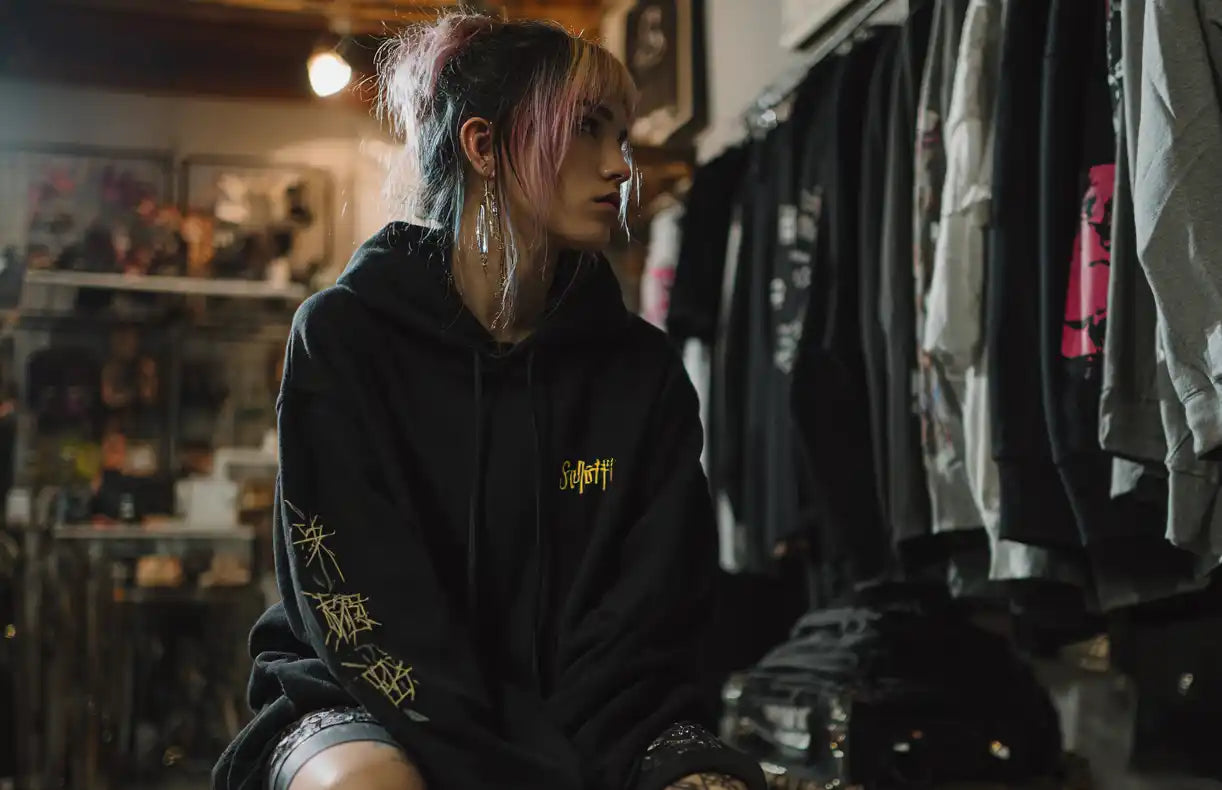
Trends & Designs in Modern Apparel
Oversized fits, streetwear influences, and activewear styles driving custom clothing production.
Explore Trends & Designs for Apparel Development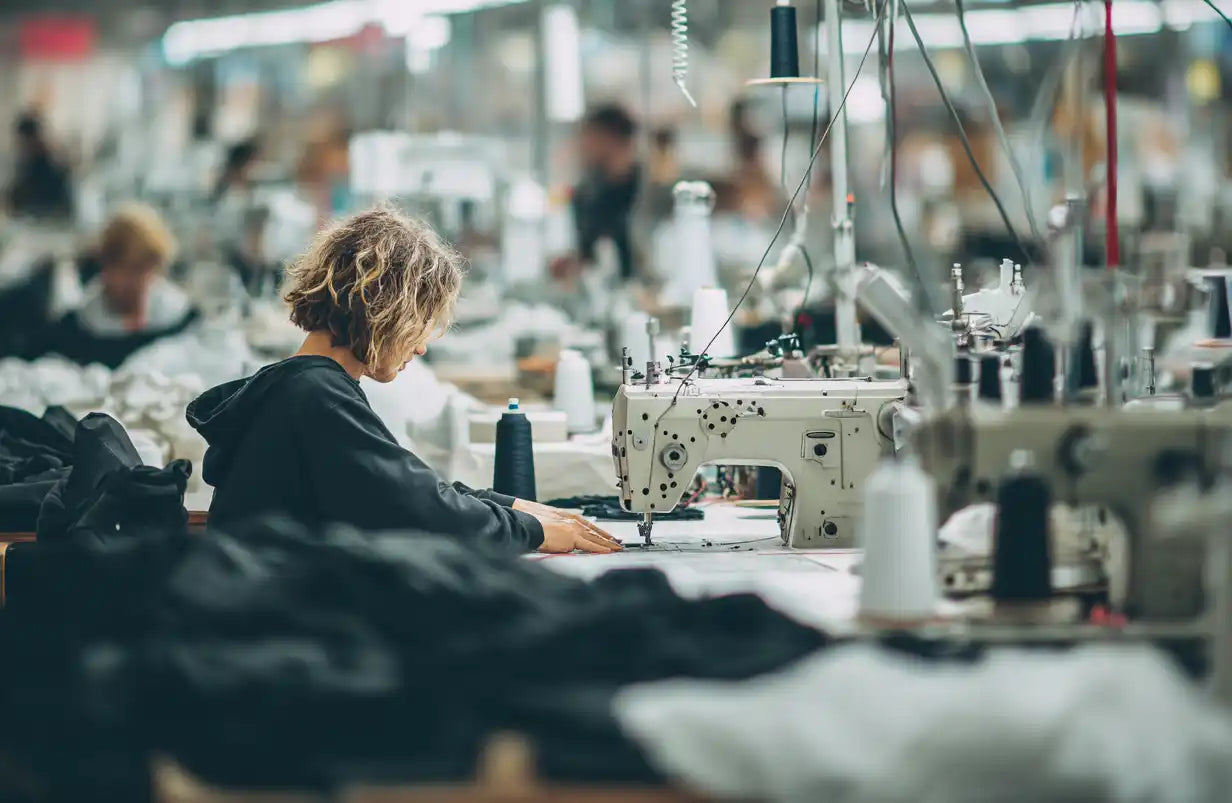
Sustainable & Ethical Clothing Production
OEKO-TEX® certified fabrics, organic cotton, and ethical apparel manufacturing in Portugal.
Understand Sustainable & Ethical Clothing Production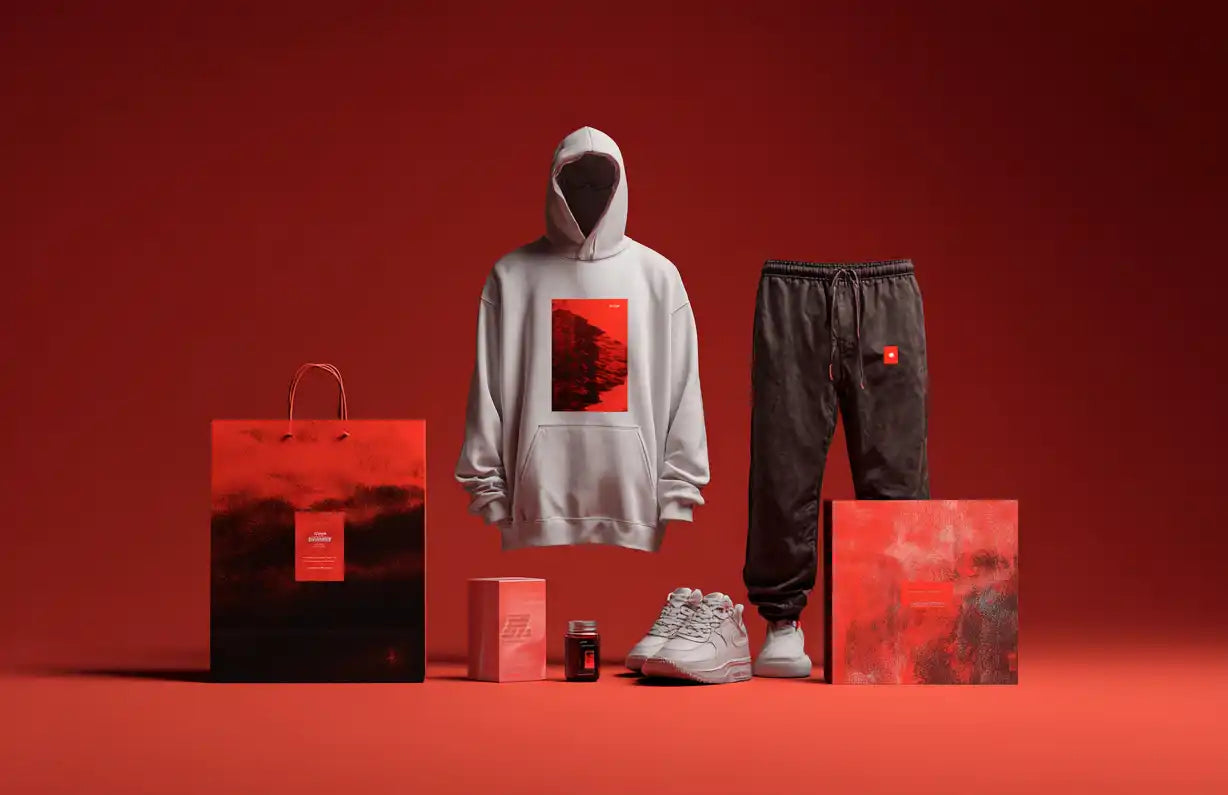
Essentials for Custom Clothing Production
Custom labels, packaging, and trims that elevate your apparel brand in production.
Explore Essentials for Custom Clothing Production
Resources for Custom Clothing Production
Startup guides, logistics support, and scaling strategies for apparel brands and wholesale clients.
Explore Resources for Custom Clothing Production
Clothing Manufacturing Glossary
Explore a complete glossary of clothing and garment manufacturing terms
The Complete Clothing Manufacturing Glossary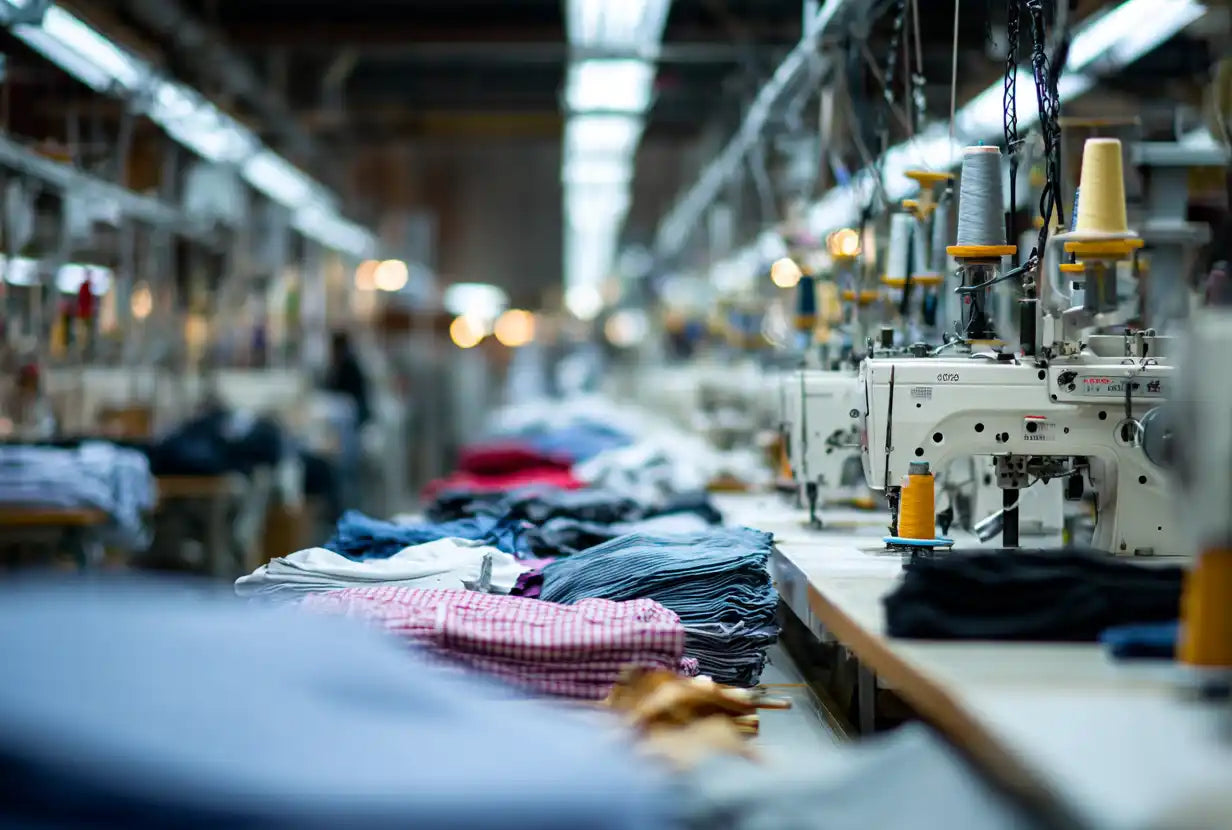
The Best Clothing Manufacturers
Explore global clothing manufacturers by country
Explore The Best Clothing Manufacturers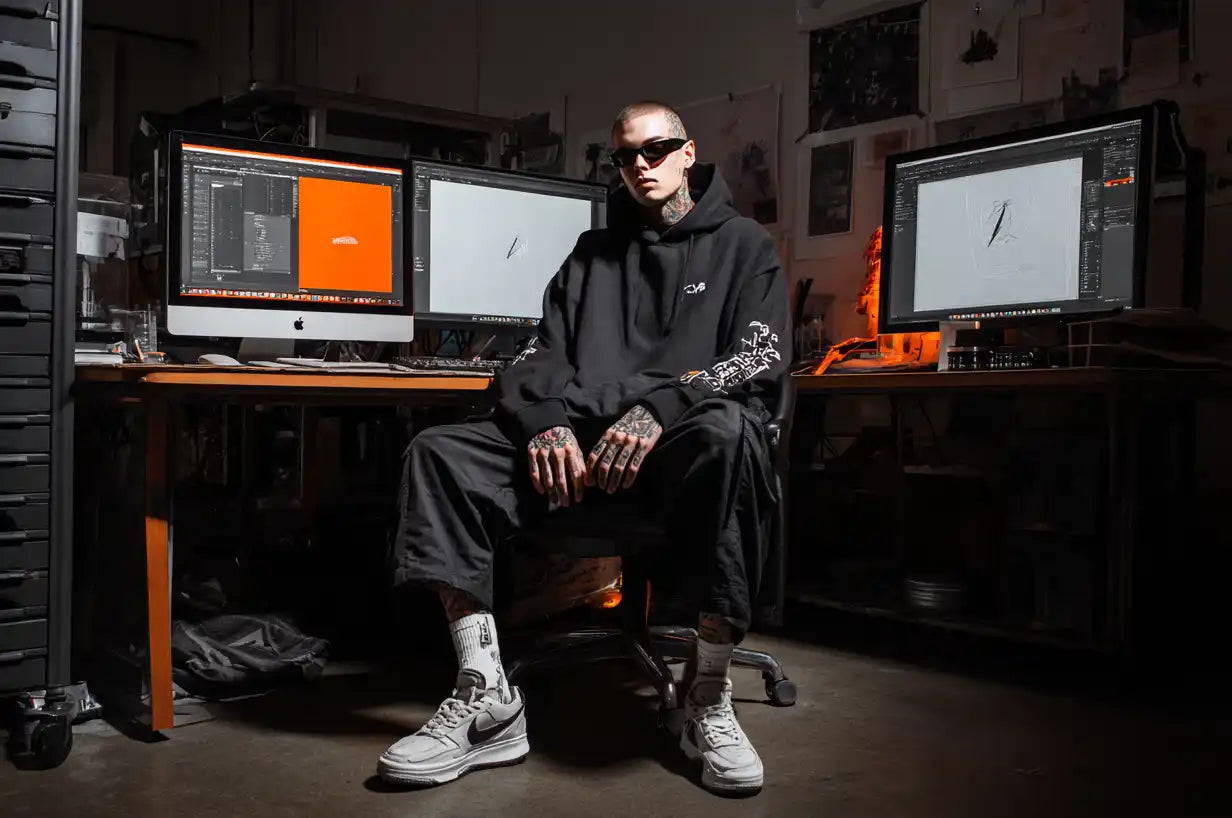
The Latest Clothing Industry Updates in 2025
Discover the latest news about important topics in the clothing industry in 2025,
Stay On Top Of Clothing Industry Updates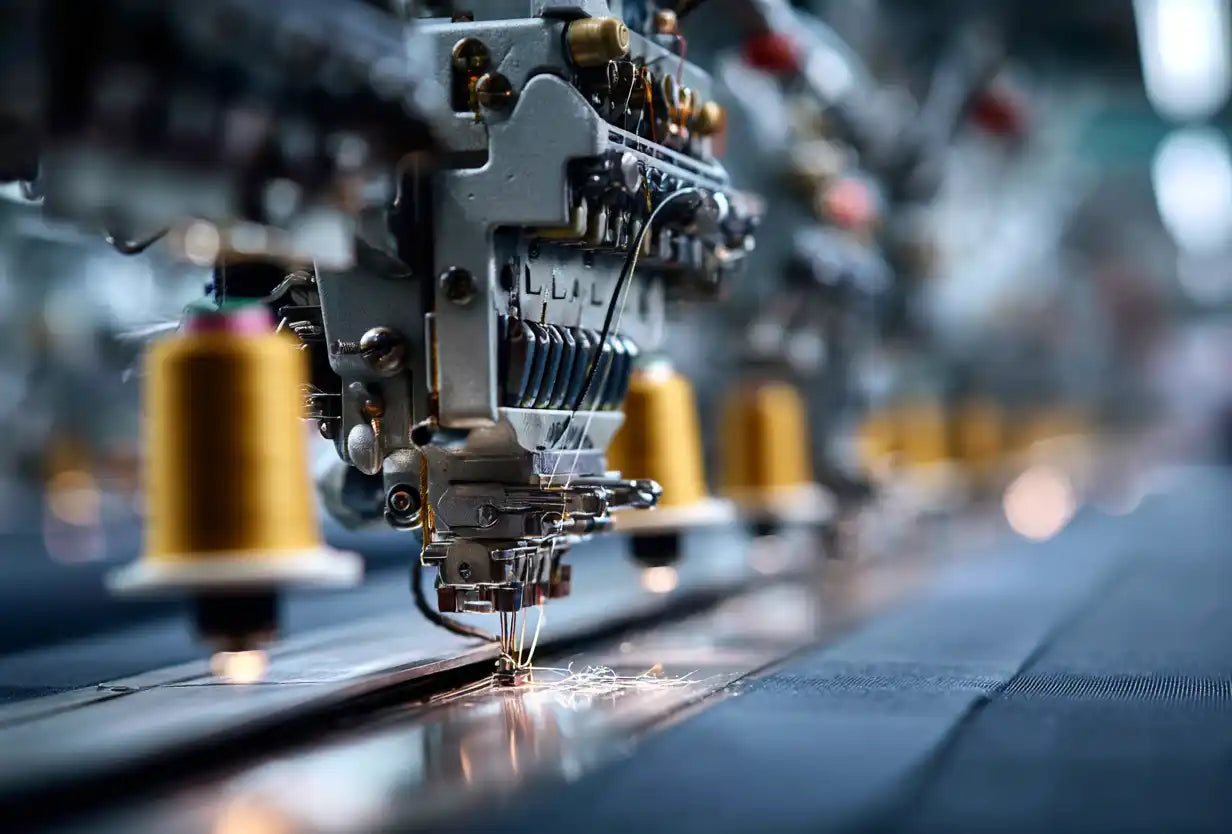
Worldwide Best Manufacturers of Clothes in 2026
Top clothing manufacturers worldwide organized by product type
Find The Worldwide Best Manufacturers of Clothes